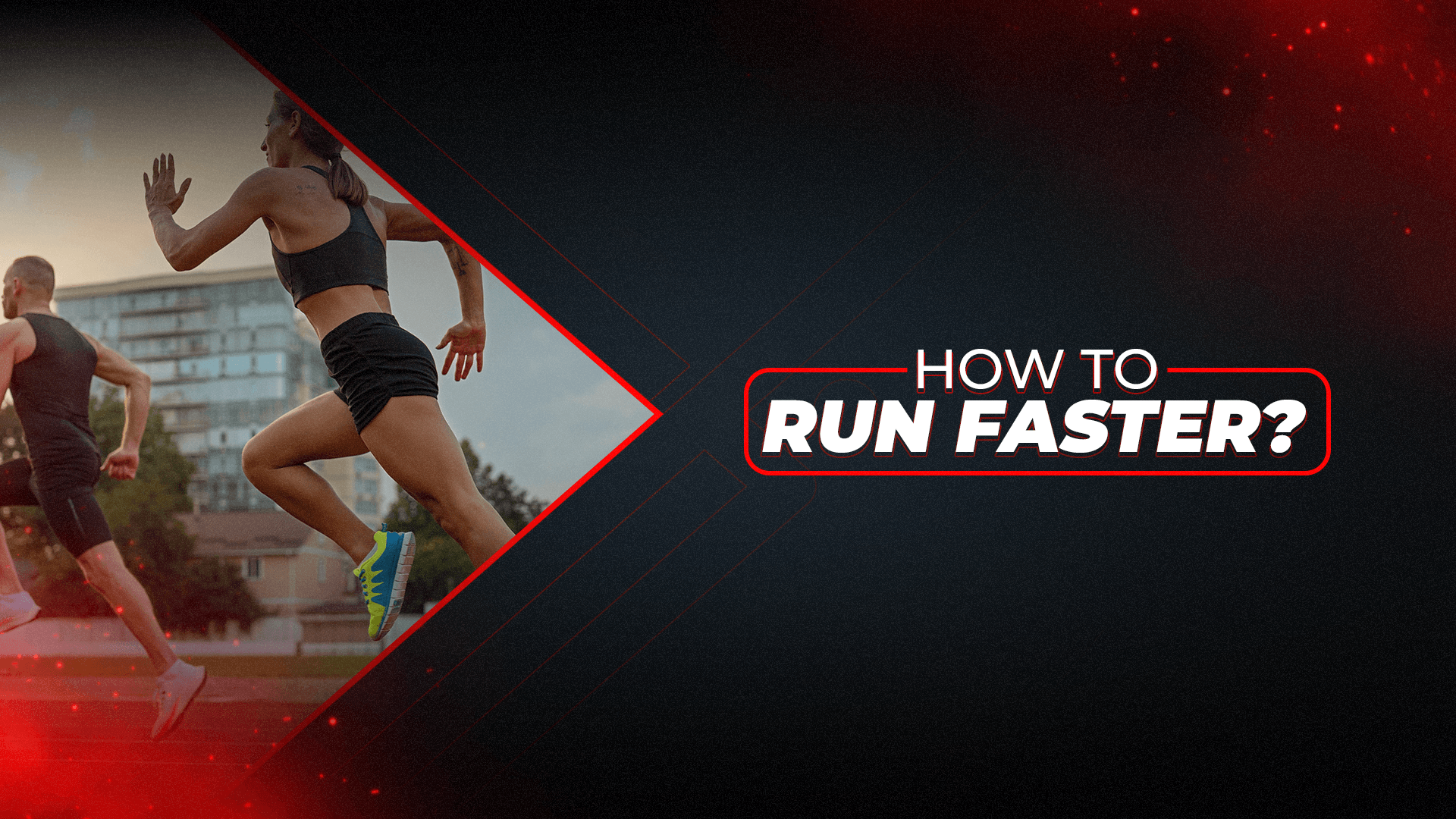Run your running routine rightly!
Introduction
It’s not only a matter of steps—it consists of technique, research and a path to making oneself better. By learning to run faster, you can improve both your speed and enjoy your running more. In this article, we explore practical, proven techniques that go beyond lacing up your shoes, helping you run smarter, stronger, and faster.
Running exhausts the body in the most natural, organic, and holistic way, making it a crucial form of exercise that needs extra concentration, especially if you’re out there to challenge your body. Having said that, it is also probably the most widely rendered form of exercise, making it even more challenging to master. Here are some tips which will help you understand the techniques behind the basic yet significant part of your exercise regime-:
Stretch daily for a flexible body
The jury is still out on static stretches. Leaders of the pack know stretching daily (especially targeting those hip flexors) increases flexibility for better strides. Stretching makes the muscles more flexible and well-rounded, which helps build stamina while running.
Fast forward to your workout!
Crank up the intensity by performing sprints two or three times per week to boost your speed and make your workouts more convenient for your busy schedule. If you live in a neighborhood that includes light posts on your sidewalk, you could turn to perform a high-intensity interval training (HIIT) workout by sprinting to one post, jogging to the next one, sprinting to the next one, and so on.
Befriend the scary treadmill!
The treadmill & belt assists with leg turnover, so it's actually easier to run faster. Plus, you have the
power to push the pace right at your fingertips. Just make sure you get on the machine before turning up the dial.
Every step matters!
Get familiar with stride turnover—the rate of steps you take while running, regardless of pace. The fastest, most efficient runners have a cadence of around 180 steps per minute and keep their feet close to the ground with light, short, and speedy steps. To find your magic number, run for one minute, count the number of times the right foot hits the ground, and multiply by two.
Focus on losing weight!
The less weight you carry, the faster you will be. Of course, if you are already at your ideal weight, this point doesn’t apply to you, and please talk to your doctor if you have any conditions before beginning a weight-loss plan.
Summary
You need to think about your training and body posture, not only your speed to run faster. You can achieve a lot by doing regular stretches, using strategically timed HIIT sessions, practicing good running practices and evaluating your weight. With these tips, you’ll soon notice your running improving and you’ll avoid common injuries.
